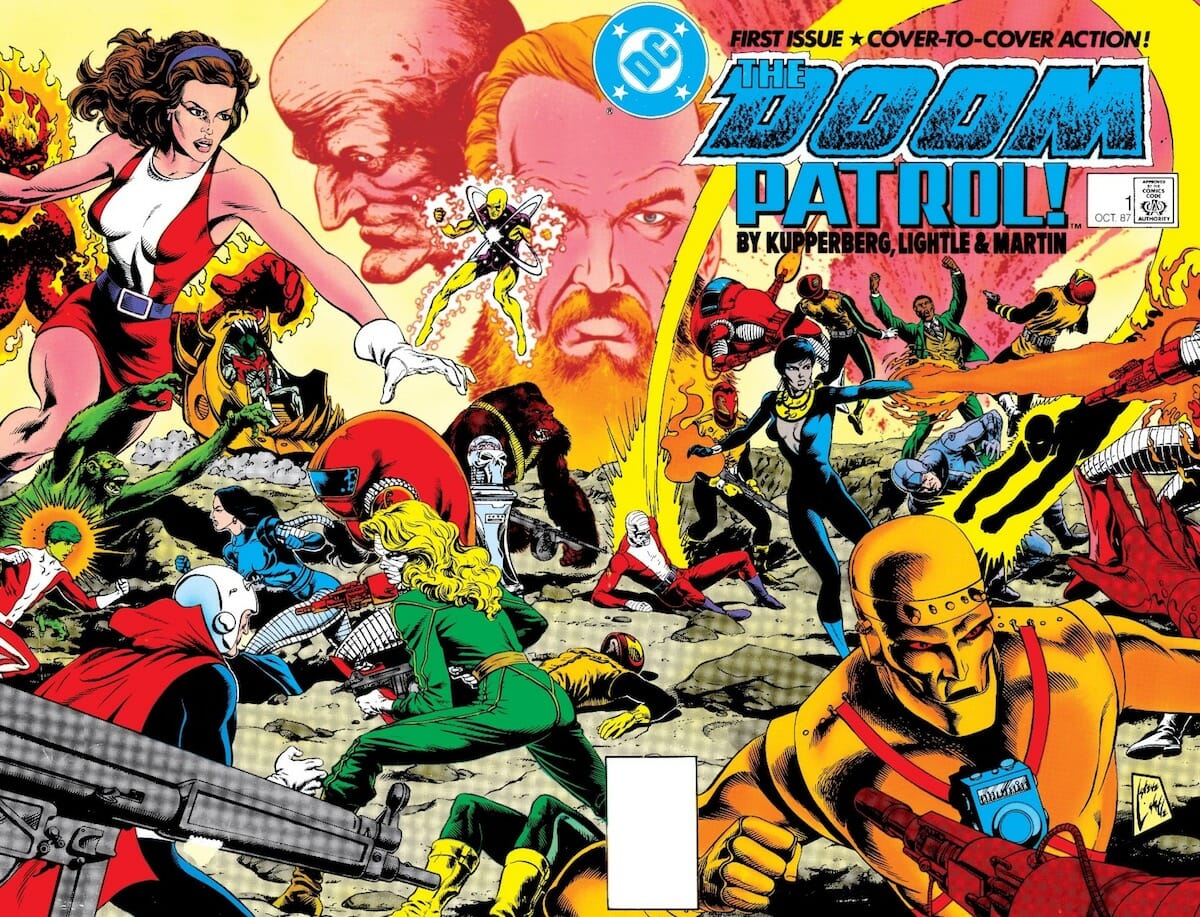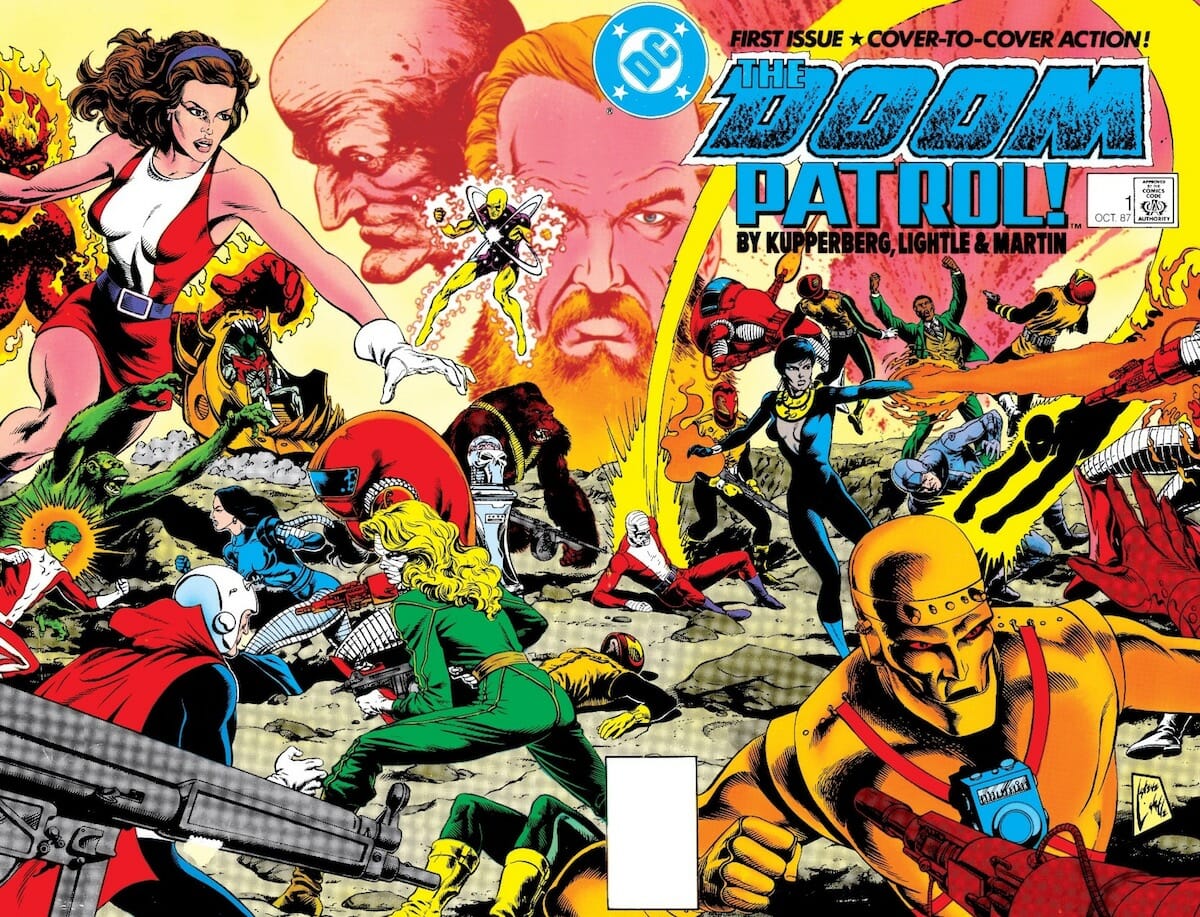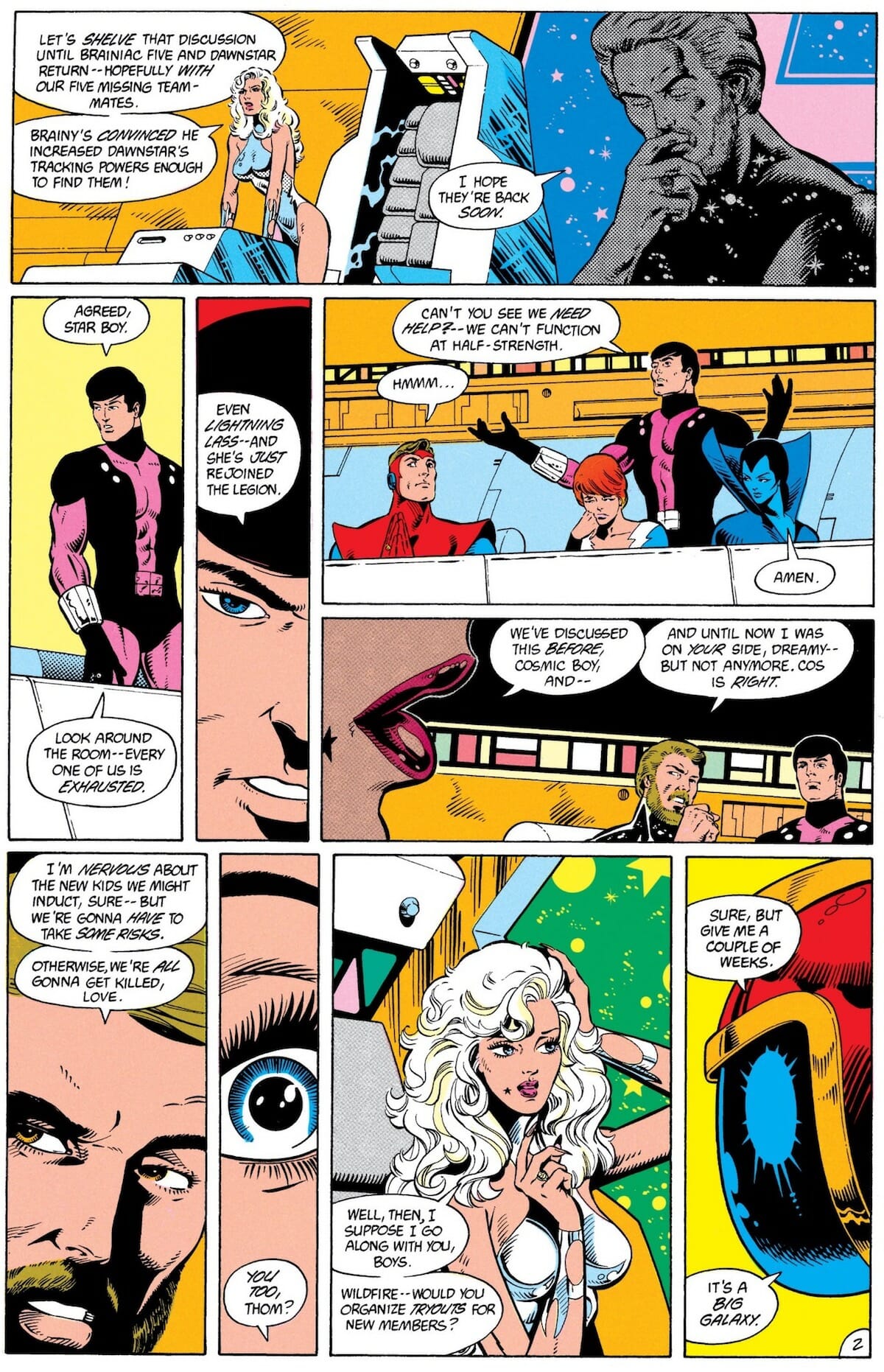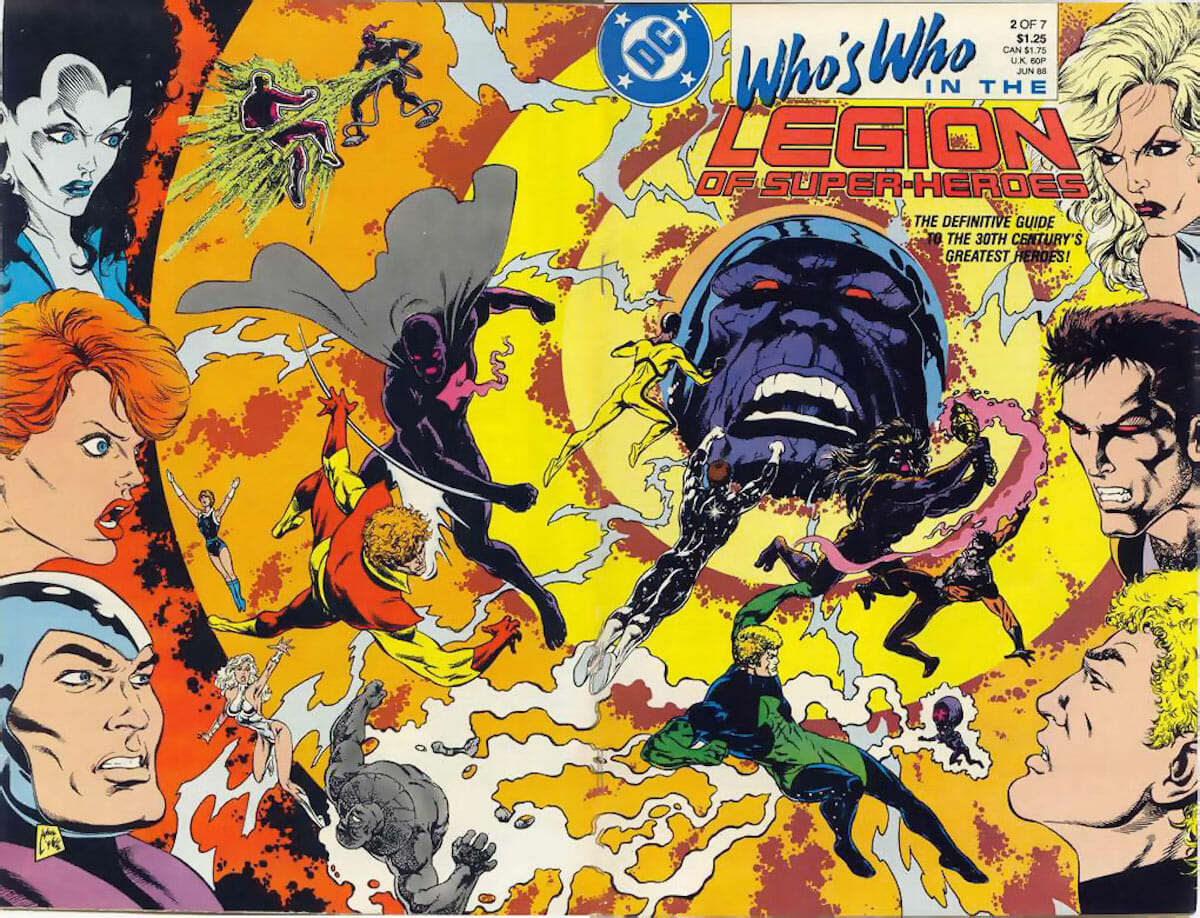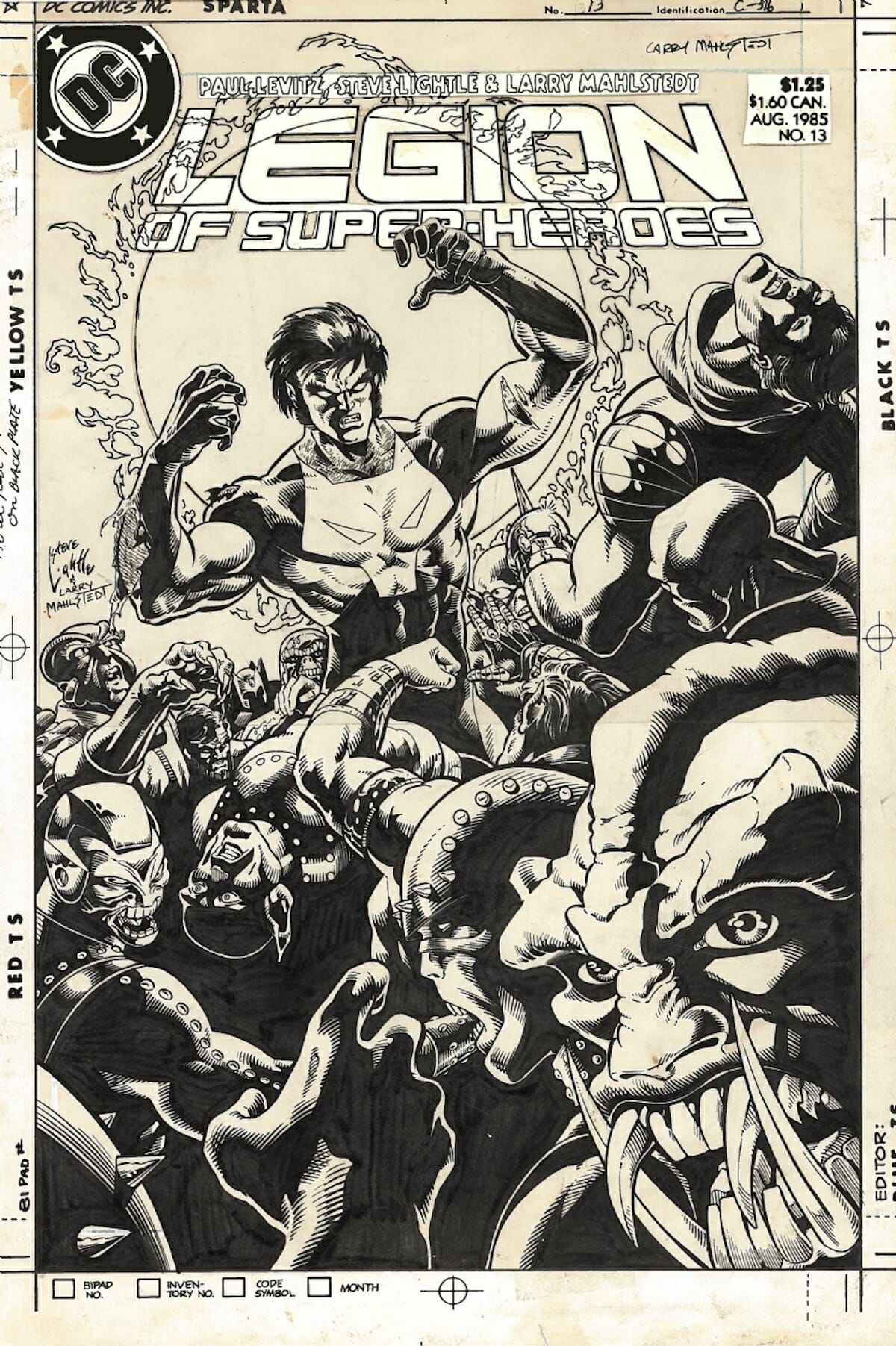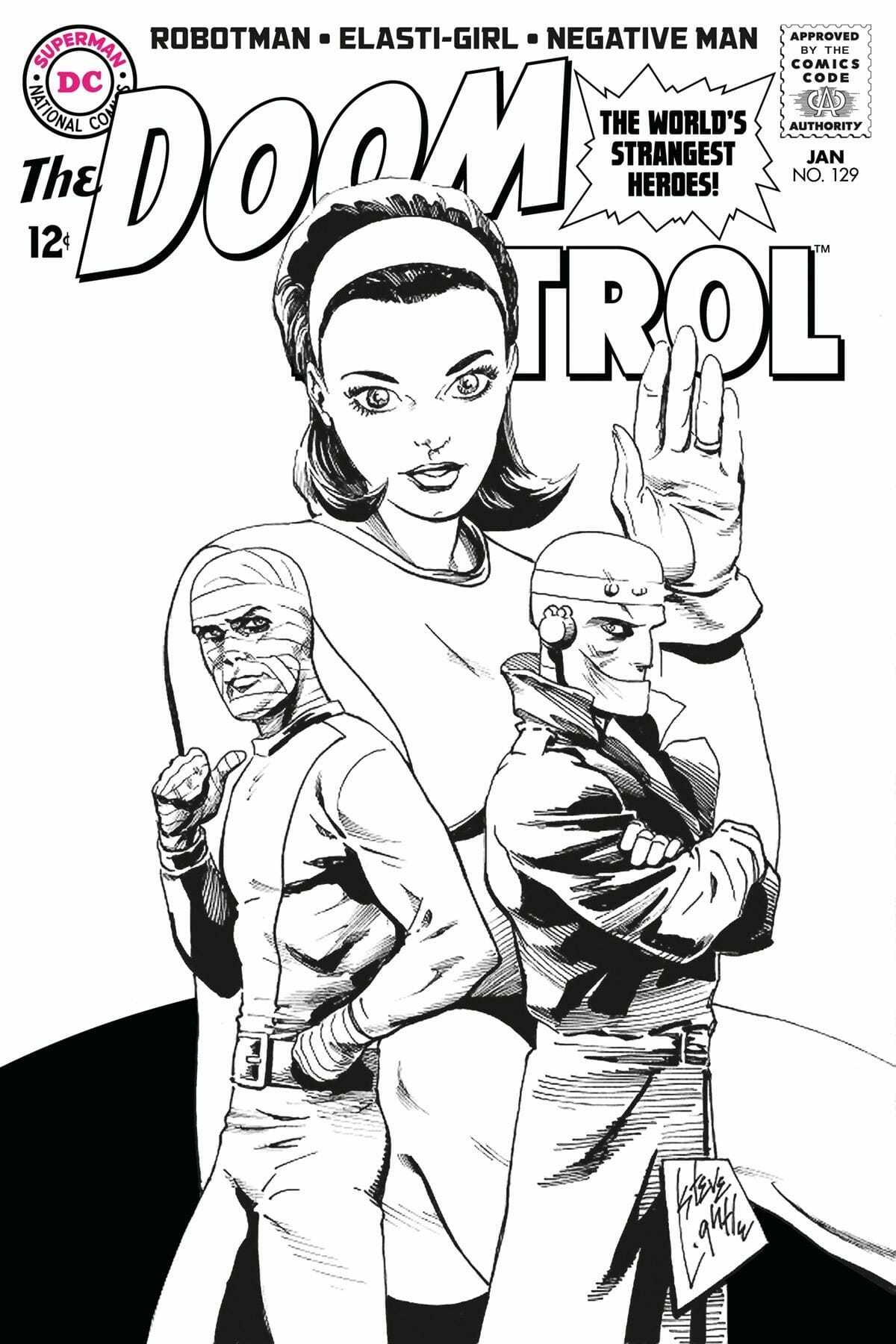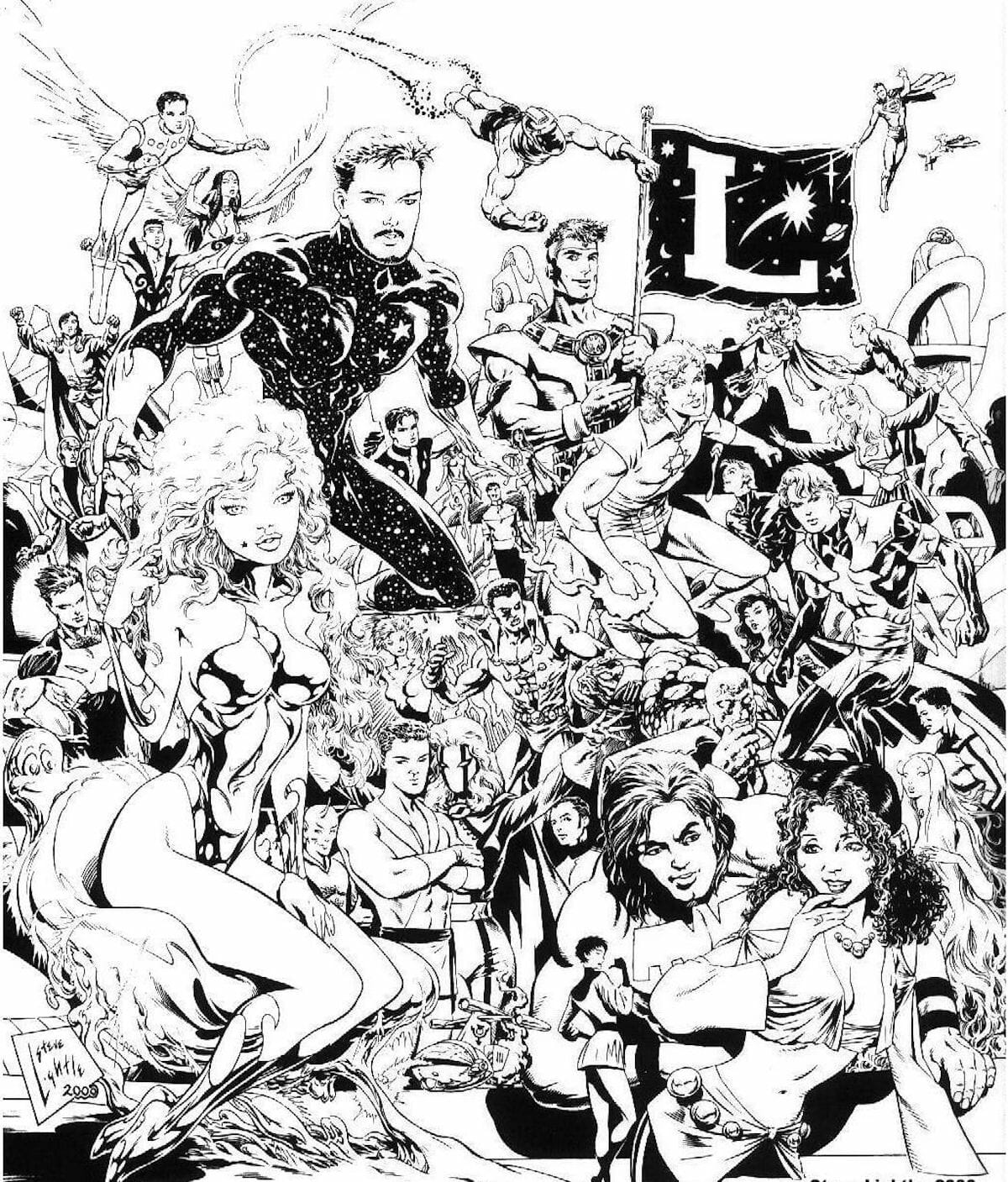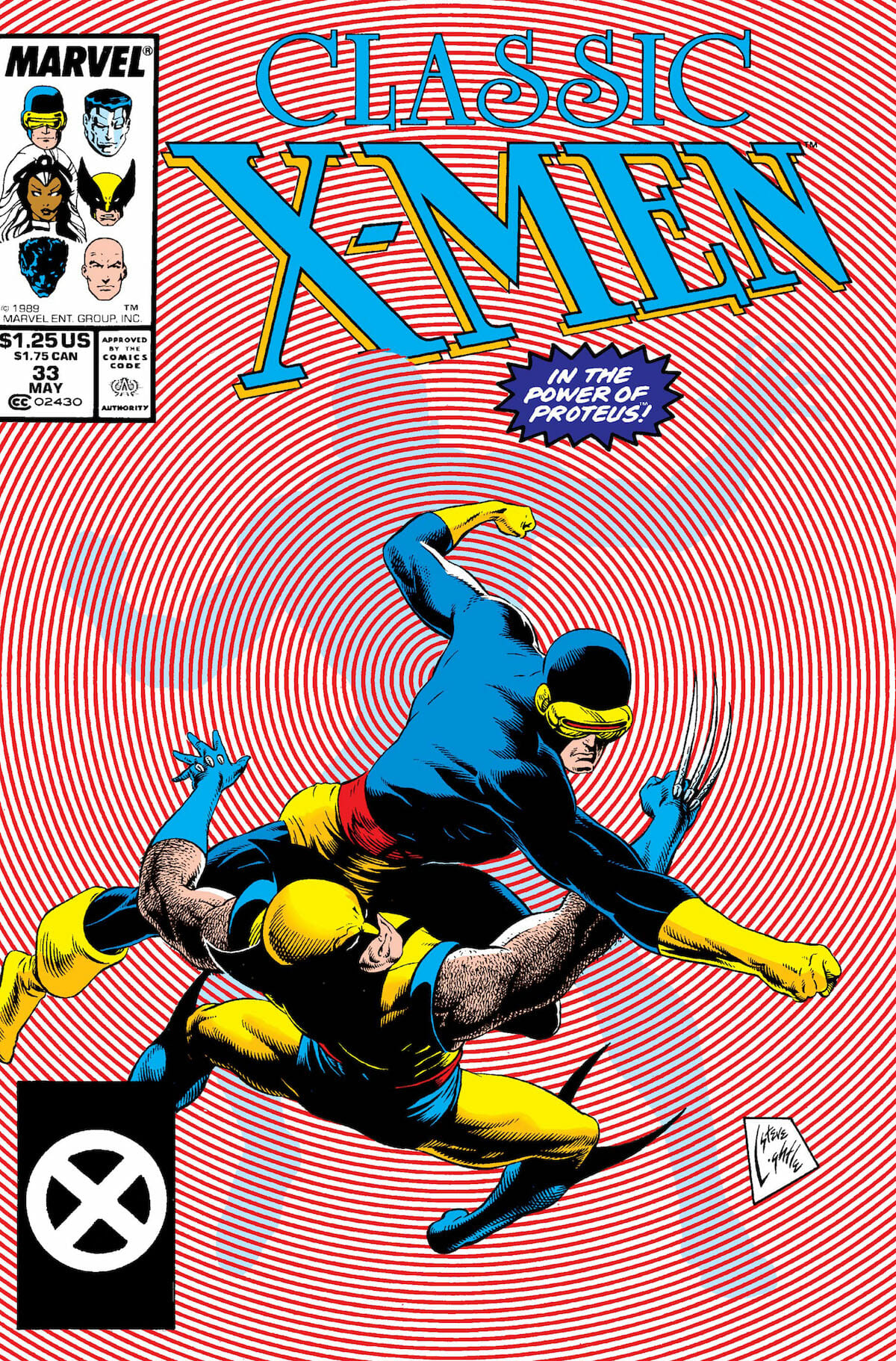There are an incalculable number of artists in comics history that, despite a recognizable style or astonishing creativity, have never had their name known by wider (and, often, younger) audiences. Steve Lightle, whose talent-heavy career was shorter than it had any business of being, is one of those artists; revered by people who relationship with comics dates back to the early 80s, it’s a tragedy that his was a name little known by today’s fandom before his death due to COVID-related cardiac arrest this morning.
Originally from Kansas, Lightle began his career in 1984s drawing back-up story art for Black Diamond at AC Comics — soon after launching him into a much-beloved career with DC Comics via their April 1984 issue of New Talent Showcase, a short-running title primarily intended to give for new writers and artists their first professional opportunity in the comics world.
Clearly a success, Lightle found himself following in the footsteps of his multitalented predecessor Kieth Giffen as penciller on the coveted Legion of Super-Heroes title at DC — an experience that Lightly described many times as being his dream assignment in interviews. His time on Legion certainly made it’s mark on fans as well as his depiction of long-time fan-favorite Legion member Karate Kid’s death is one that still sticks out in memory to anyone whose laid eyes on it. The anti-thesis of the brooding artist, however, Lightle brought more than his fair share of joy to the pages of Legion of Super-Heroes as well through his co-creation of characters and input on the story.
“Steve’s creativity is exemplified by his character Tellus, a thoroughly original alien who joined Legion,” remarked Paul Levitz, the writer whom Lightle worked with primarily during his short tenure with the Legion of Super-Heroes title, in a farewell message on Facebook. “We also brought in Quislet, who you could argue was more alien (or simply more bizarre), but Tellus was well thought out and plausible well beyond Quislet, and the majority of that thinking was Steve’s. He passed too young, taking too many wide grins from this world[…]”
Though Lightle’s interior art was only featured from 1984-1986, he continues for an additional two years doing cover art that — in my opinion — was some of the best of the series. It wasn’t long after Legion, however, that Lightle found himself working on the DC Challenge limited series, Batman #400, and finally, the revamped post-Crisis on Infinite Earths relaunch of Doom Patrol written by Paul Kupperberg. Though Lightle’s run lasted only five issues (ending primarily due to differences with editorial pacing and creative input), his mark was left on the way the characters interacted with the work for the rest of Kupperberg’s time on the story. The rest of Lightle’s career involved some of the most recognizable X-Men: Classics covers to hit the shelves, as well as many new covers for re-released properties and self-published artwork through his company Lunatick Press.
I can sit here and tell you all about the biographic facts of Lightle’s career and be done within five minutes (or in this case, five paragraphs), but the fact of the matter is, for as small as his career may seem on the outside, Lightle’s influence on two of DC’s most beloved properties is immeasurable. Through expressive faces, larger than life heroism, bizarre feats of alien imagination, Lightle — for how little he is given credit for by modern audiences — will always be the person skilled enough to make audiences care about a robot man crying. Despite the small bibliography, the comics industry lost a giant today.
